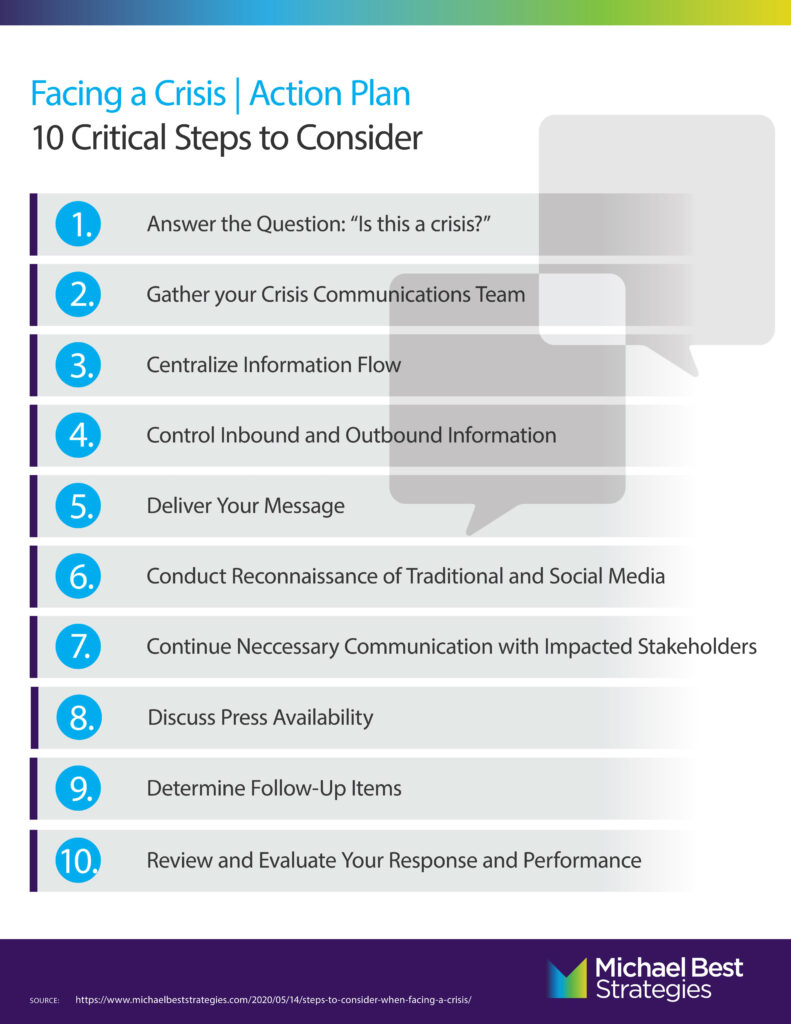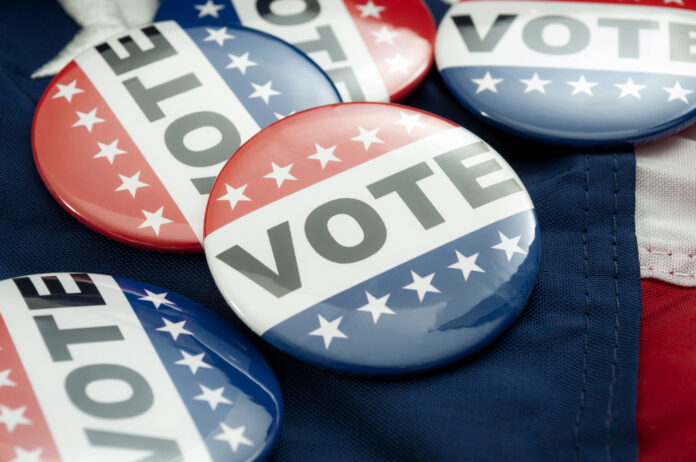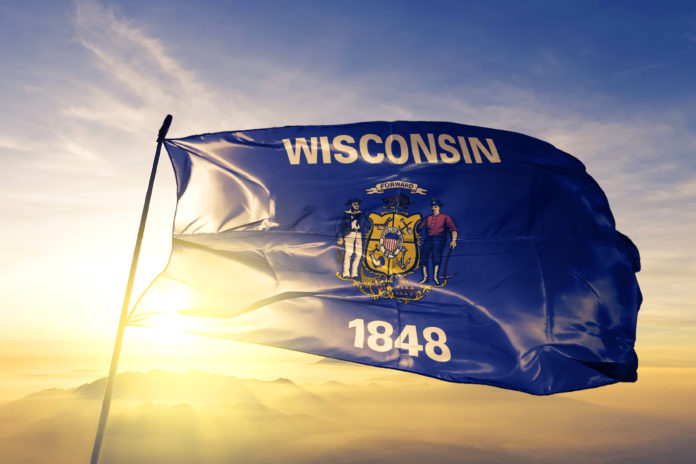You have seen it on the news: a company is the focus of a media inquiry, and a reporter pushes his microphone toward the face of a company official. The response? “No comment.” It’s a statement sure to send a shiver down the spine of any public relations professional. But it doesn’t have to be this way!
No matter what communications situation or crisis you find yourself in, a “no comment” soundbite should not be a part of your plan. You can always say something instead of “no comment.”
A few examples could be:
*When dealing with litigation: “We have just learned of the lawsuit and are currently reviewing it. We take the issues in the lawsuit very seriously here at our company.”
*Accident/incident at workplace: “The incident is currently under investigation by local law enforcement, and we are cooperating with them in the process.”
*Bad review: “We are aware of the comments made regarding our facility. We are currently reviewing our operations as we strive to keep delivering quality service to our customers.”
While “no comment” may be the easy way out, providing a clear, concise statement will serve your organization better in the long run as you continue to provide information to the media and other impacted stakeholders. Are you looking to refresh or review your company’s communications plan? Do you want tips on how to work with the media? Contact the Michael Best Strategies Public Affairs team to get the conversation started.














